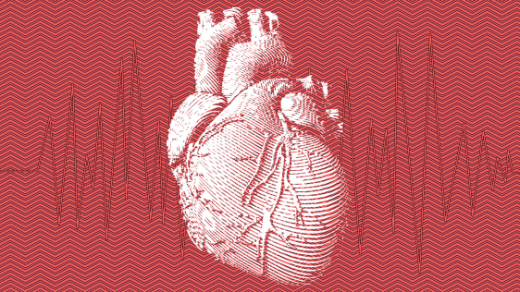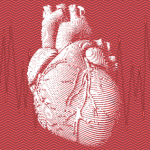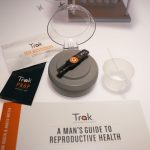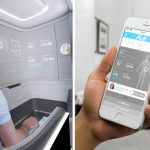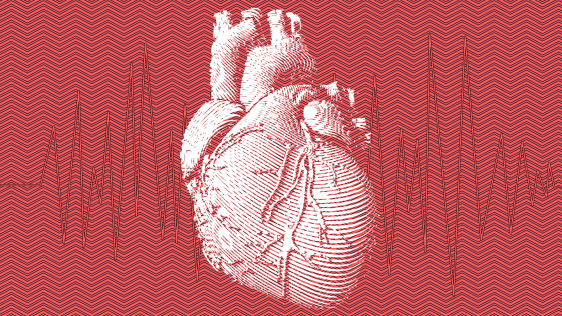Having A Heart Attack? This AI Helps Emergency Dispatchers Find Out
When someone goes into cardiac arrest outside of a hospital, time is critical: The chance of survival decreases about 10% with each minute. The first step–recognizing that it’s cardiac arrest, when your heart fully stops–is challenging for emergency dispatchers on the phone, who have to make sense of symptoms relayed by a panicked friend or relative.
In Copenhagen, dispatchers now have help from AI. If you call for an ambulance, an artificially intelligent assistant called Corti will be on the line, using speech recognition software to transcribe the conversation, and using machine learning to analyze the words and other clues in the background that point to a heart attack diagnosis. The dispatcher gets alerts from the bot in real time.
It’s a situation where dispatchers typically have to rely only on their own knowledge. “If you and I have a problem, we end up Googling or asking people,” says Andreas Cleve, CEO of the startup that created the technology. “These people are handling more or less the worst days of our lives but they have no tools to do it.”
Dispatchers in Copenhagen, who are well trained, can recognize cardiac arrest from descriptions over the phone around 73% of the time. But the AI can do better. In an early, small-scale study, the machine learning model knew the calls were reporting cardiac arrest 95% of the time. Another study, which analyzed 170,000 calls, will soon be published.
Like other machine learning technology, Corti isn’t designed to look for any particular signals. Instead, it “trains itself” by listening to the sound from a huge set of calls to identify important factors, and then continually improves its model as it works. Non-verbal sounds are often important, and the technology has to be able to sort through background noise like sirens and yelling to identify clues. In one case, when the startup was first testing the technology, a woman called the emergency number to report that her husband had fallen off the roof of their house. As the dispatcher listened, she realized that the man had broken his back, and gave instructions on what to do before the ambulance arrived. But Corti said the incident wasn’t a broken back, but that his heart had stopped.
“You could hear a rattling noise in the back of the call,” says Cleve. The patient was gasping for breath because his heart wasn’t beating, and the AI recognized the pattern. It turned out that the man had fallen off the roof because of cardiac arrest. Because the AI platform was in testing at the time, it didn’t send the dispatcher alerts. The man didn’t get CPR, and by the time the ambulance arrived, it was too late.
With a more accurate diagnosis, a dispatcher might be able to coach someone on the phone through CPR, or better prepare first responders. It’s conceivable that some cities could use the technology to send out drones with automatic defibrillators–which can arrive faster than an ambulance–or CPR-trained volunteers who happen to be nearby.
Beyond signs of cardiac arrest, it also tries to eliminate other errors, like listening to see if a dispatcher asked for an address and whether the ambulance is going to the correct address. The technology is an example of how artificial intelligence can supplement, not replace, humans. “I think the question is quite simple, ultimately,” Cleve says. “As consumers and patients, do we prefer a healthcare system run by bots, or would we still from an ethical and personal perspective still prefer human contact? To me, it’s super obvious. I would always, especially when it comes to my health, prefer human contact. But augmented by a supportive system that might be using AI–that, to me, is sort of an end-game scenario.”
The startup will soon make an announcement about plans to expand in the United States.
Fast Company , Read Full Story
(17)

